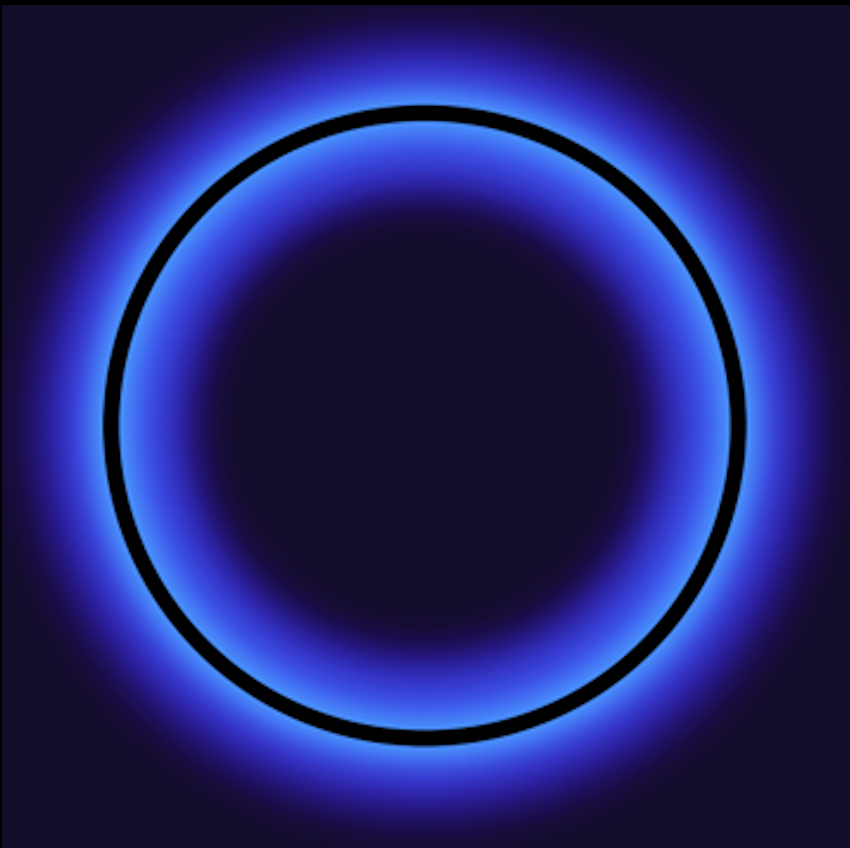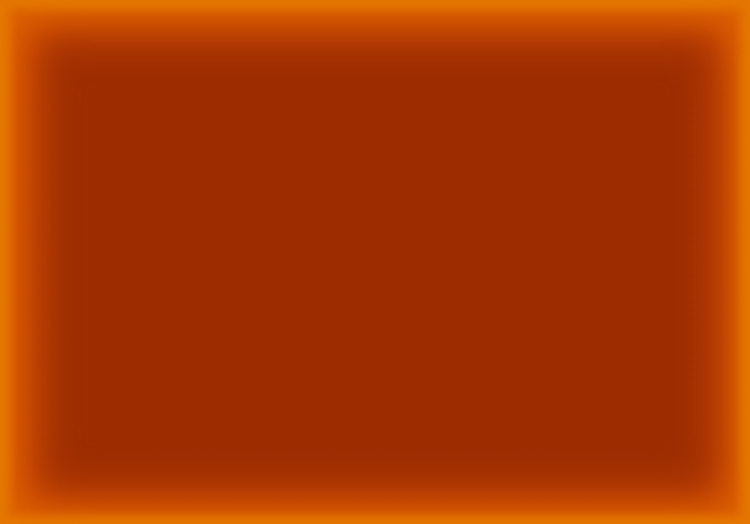YTURRALDE
Yturralde (Cuenca, 1942) is considered one of the most outstanding artists within the European tradition of geometric abstraction. His poetics’ evolution is shown as a key element explaining a part of what happened to the art of the las half century in our environment. It is clearly useful for the analysis of the configuration of one of the alternative ways after the crisis of Informalism. It is also useful to understand the varied outlook of the contemporary abstraction.
During the first 20 years of his professional career (from mid 60s until the beginning of the 80s), his approaches were deeply rooted to the conceptual intersection between art and science, and to the perceptive challenges. The topic ‘Impossible Figures’ is perhaps the most paradigmatic in this regard. It is an ensemble of possible representations of unfeasible realities. Nonetheless, from our point of view, these realities are appreciably possible, since they are perceptively recognisable in a way. But it was not the only field of research within this sphere. Other interesting fields are: Artistic works with the first computers; deepening in geometries of bigger dimensions; the usage of lasers; the generation of flying structures, capable of using the wind energy to rise and define new polyhedral stars in the blue sky. Yturralbe’s visit to the Computing Centre of the University of Madrid and stay at the Center for Advanced Visual Studies of the MIT were crucial.
Later, by mid 80s, there was a change of direction towards more expressive and, in a way, less analytic works, where he is still. This new synthetic desire was clearly inspired by the colour field painting by Rothko, and reflected an explicit interest for the sublime. The series ‘Preludes, Interludes and Postludes’ show how fading geometries spread out over the canvas until its limits, with a more ethereal presence, away from being similar to the previous figures.
Nowadays, his proposals combine the last approaches by using again basic geometric signs, which irradiate or eclipse light. They become visible, not because of its explicit delimitation, but because the light progressions adopted by the surrounding colour areas.
CARTOGRAPHIES OF THE SUBLIME
The exhibition project focuses on his most recent artistic production. 11 large format works are shown, in which we can find, from those that represent the last preludes to the last creations in a circular series Enso, or an incipient line of work, visible in Citrinitas, where chromatic variations to the limits as well as straights are fundamental in the composition. The aim is to create, through an arrangement of dialoguing sets, different reflection and emotion spaces where the most important thing is the sublime.
Monochromatic works are mixed with big extensions sensibly adjusted with pieces that are a sort of pictorial aphorisms or visual haikus, the vastness of the cognoscible is compacted in the basic plastic terms. In other works, the concept of limit is essential, making appear or disappear realities just by surrounding them with asymptotic points of colour. Sources of lights are usually eclipsed, showing up what it is behind and occulting it. The emptiness and the summit cohabit in the dialectics that is established in his paintings. In all cases, the light and geometry ally to unravel the conditions of the absolute.
He has the strategy for making visible those things that are elusive, whether because its infinity or because its proximity to the inexistence. That is why we use the metaphor of the cartography, valuable descriptive elements that guide and that are the result of an extraordinary process of informational synthesis. What we can observe in his production is similar to what happens in geographical maps, in which in a very simple way are condensed in accordance with different conventions that permit the interpreting by the public, the enormous complexity of the physical reality of our world. In other words, all that implies the greatness of the universe, or the exceptional nature of the elemental particles, may be referred, in a way, with these images, whose power is increases by the expressivity that they have.
The exhibition is part of the joint of commemorative activities of the I Centenary of the San Juan de Ribera Hall of Residence of Burjassot, from which the artist was fellow through his training university period.
Santiago Pastor Vila, exhibition curator




